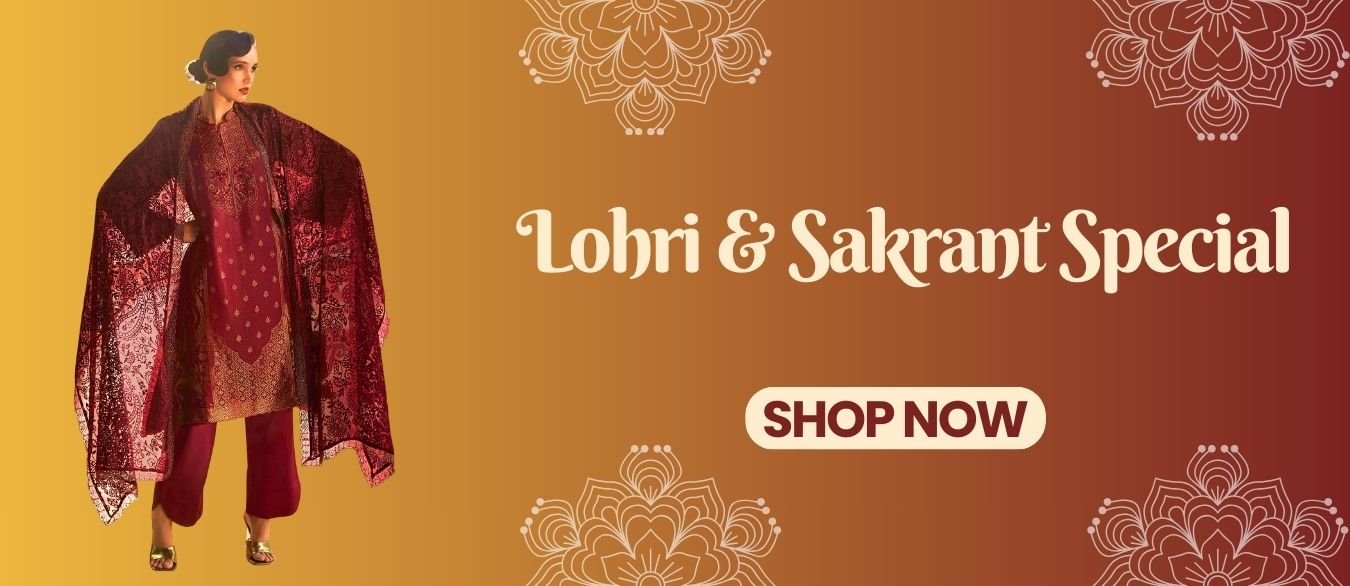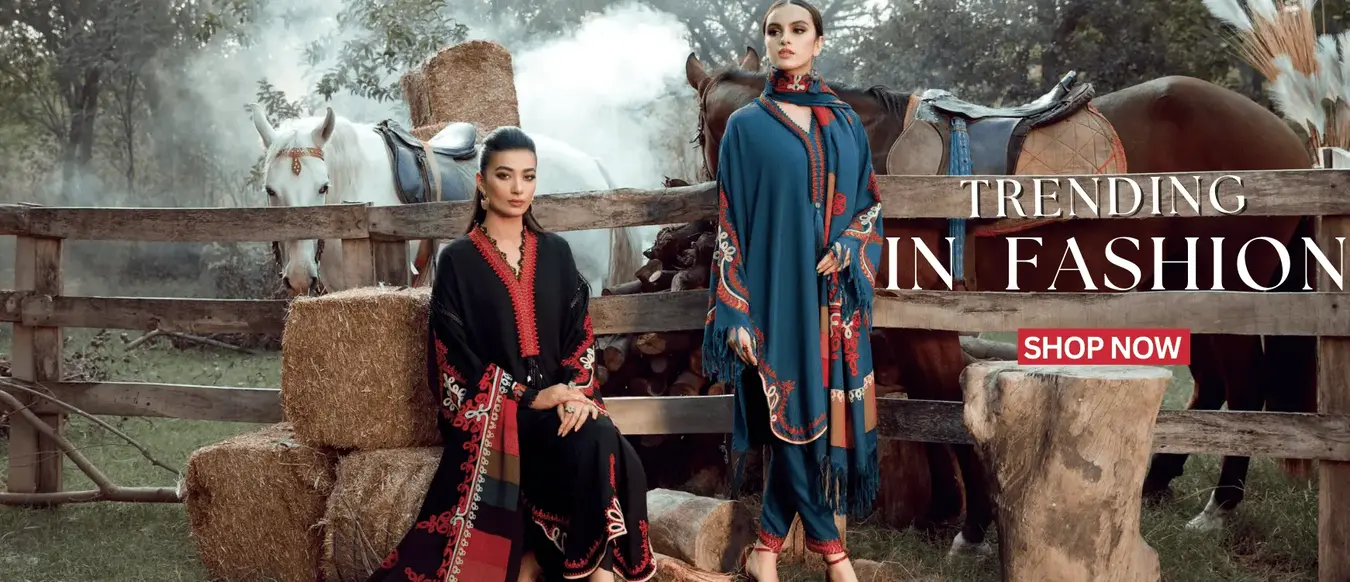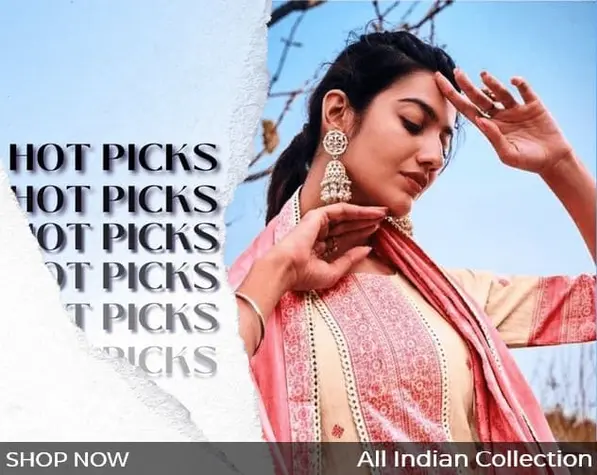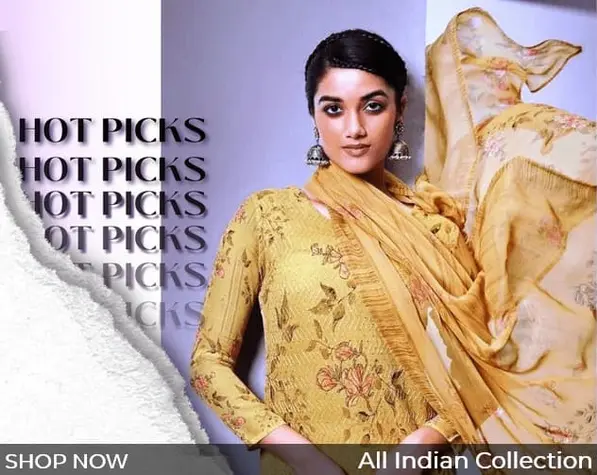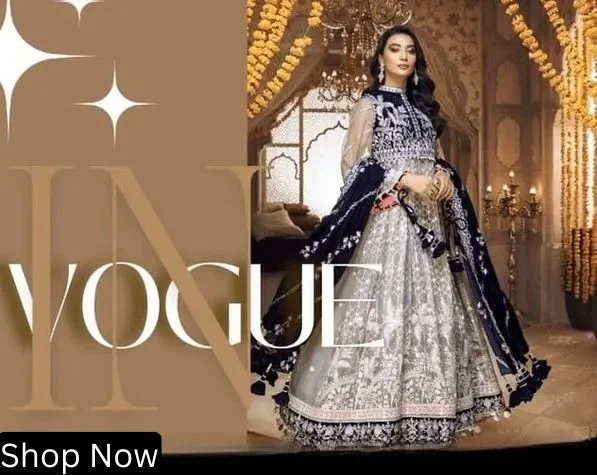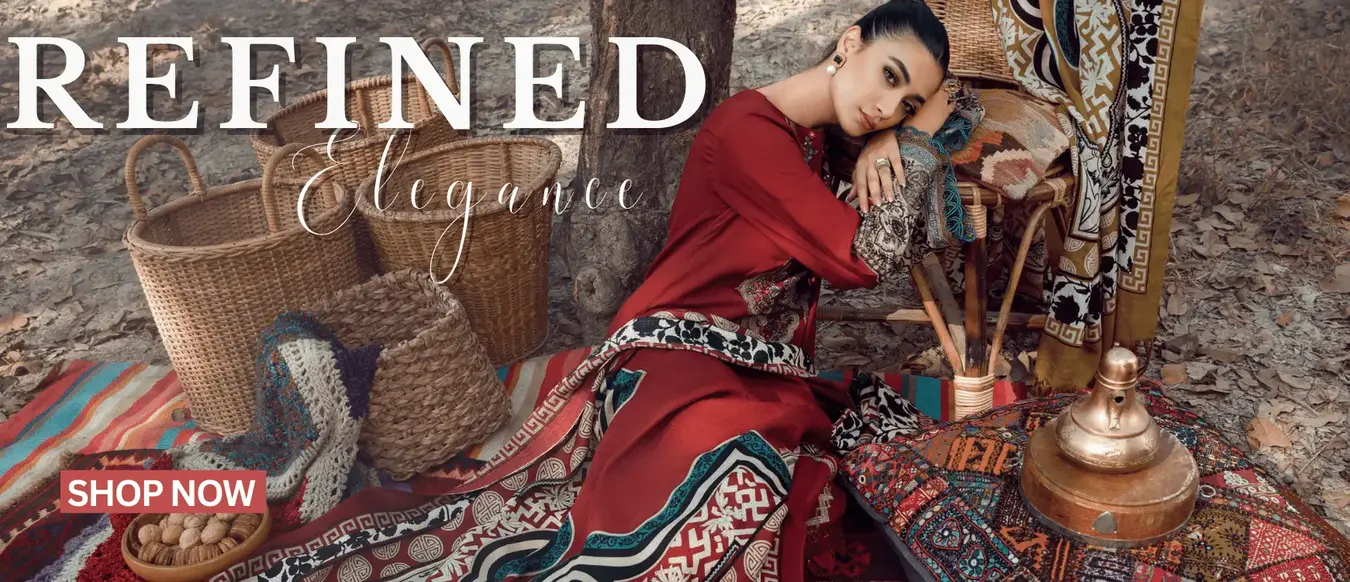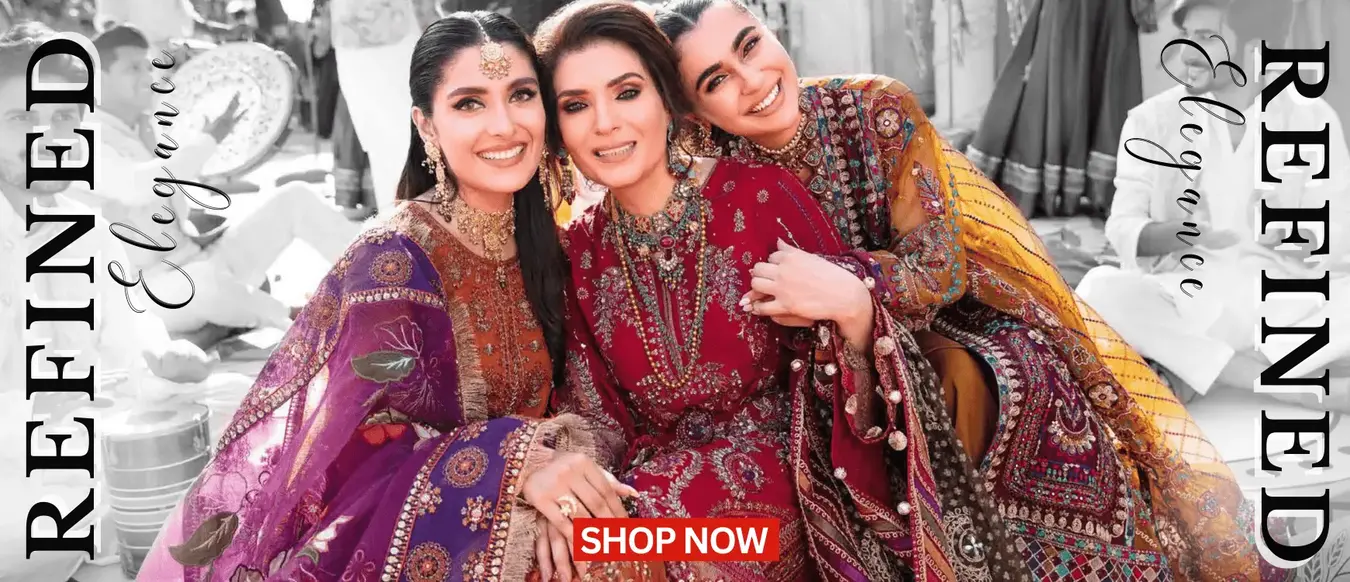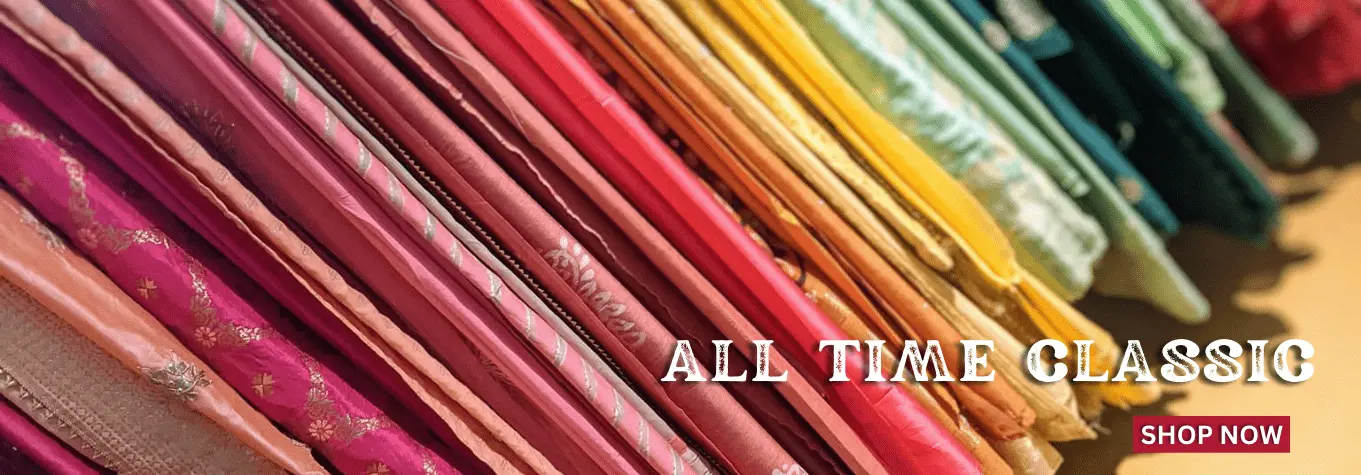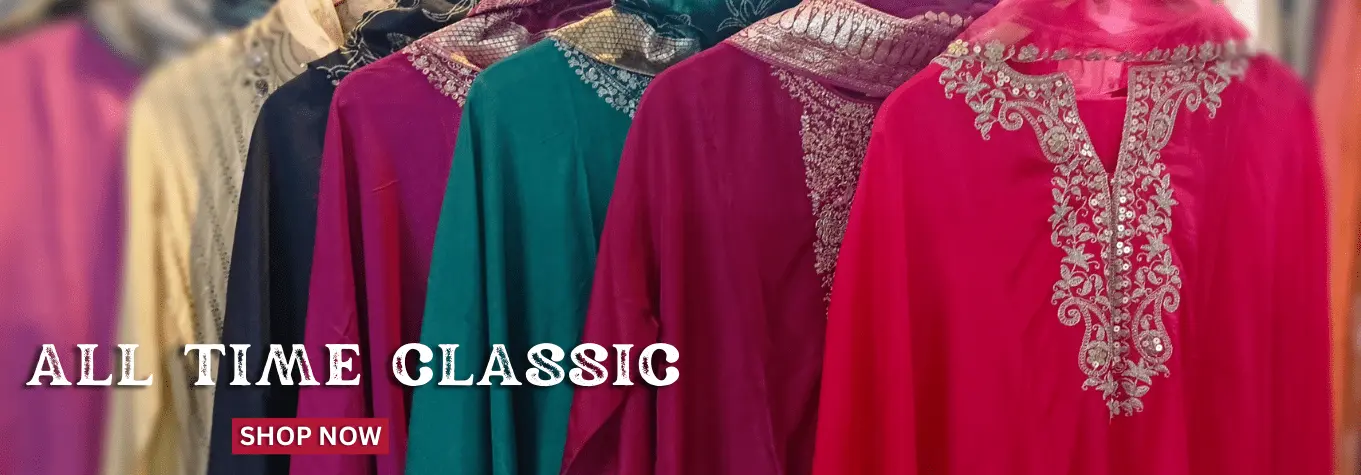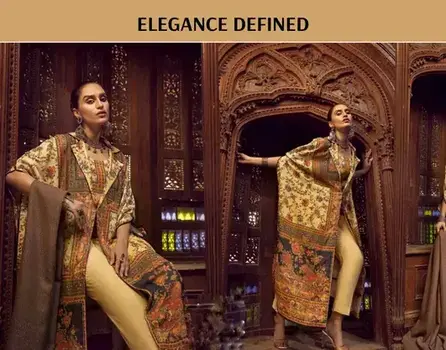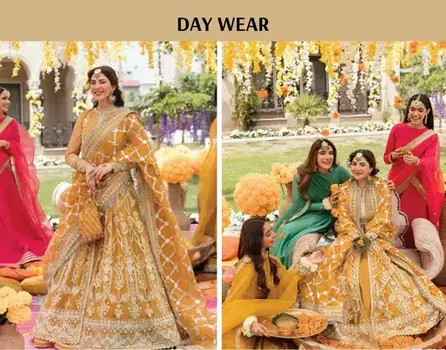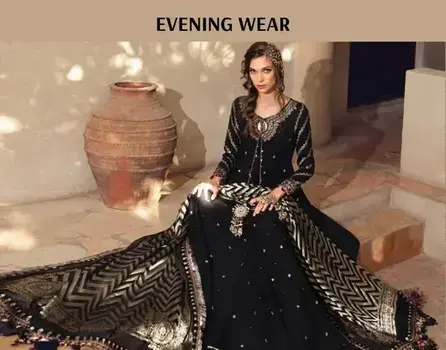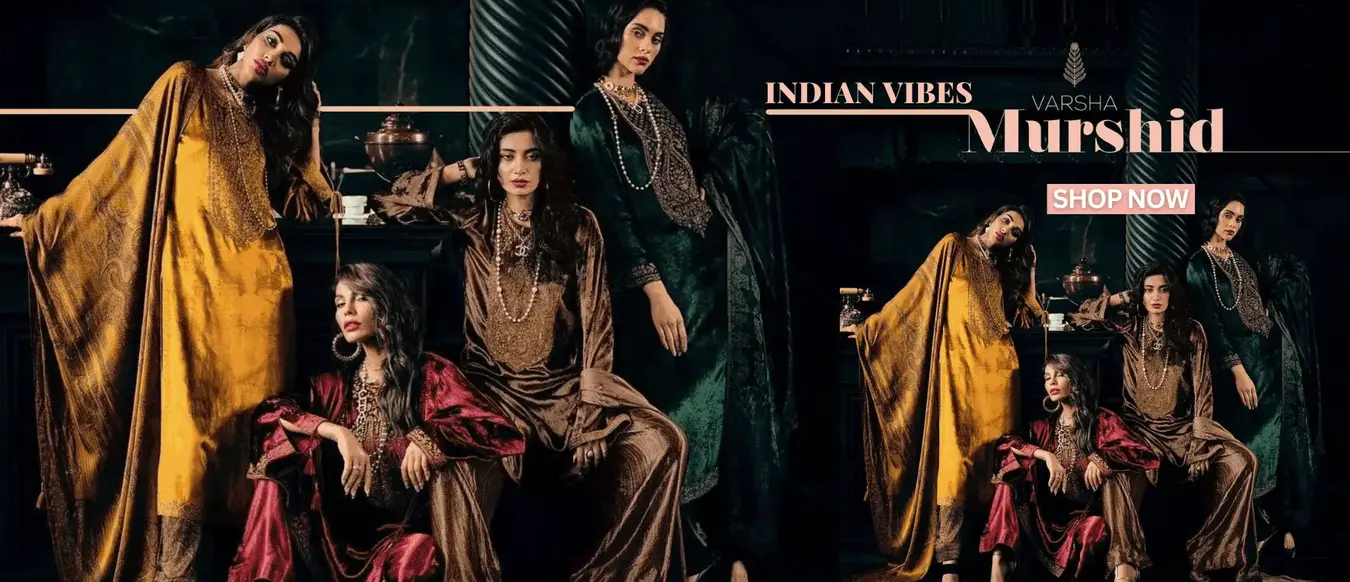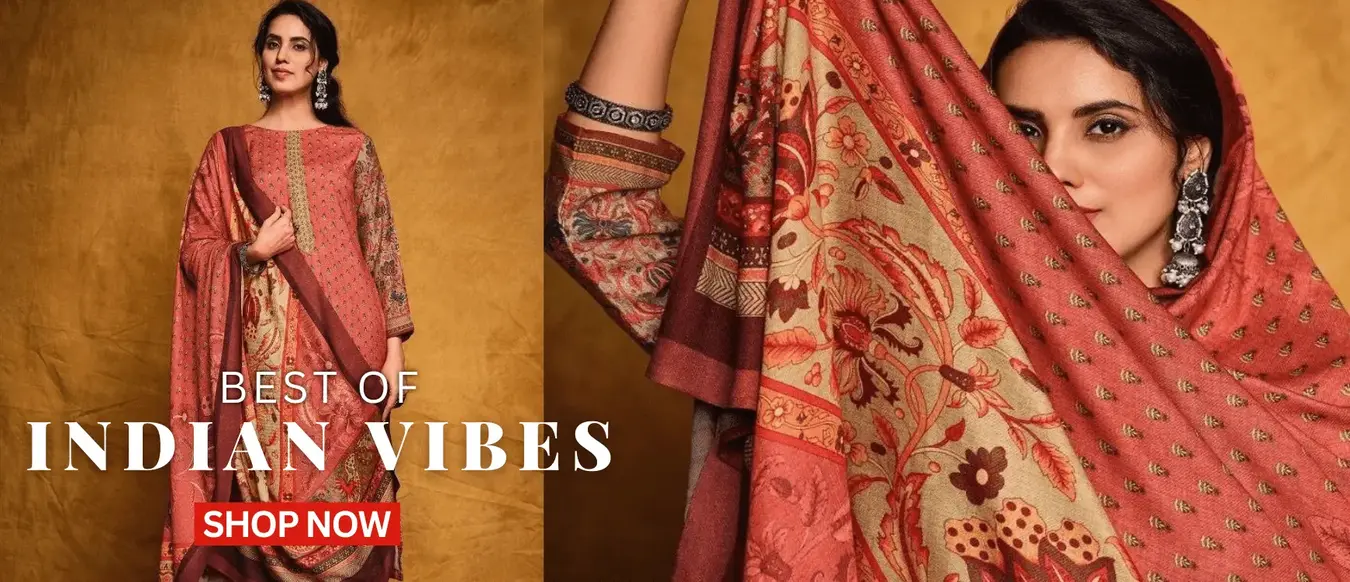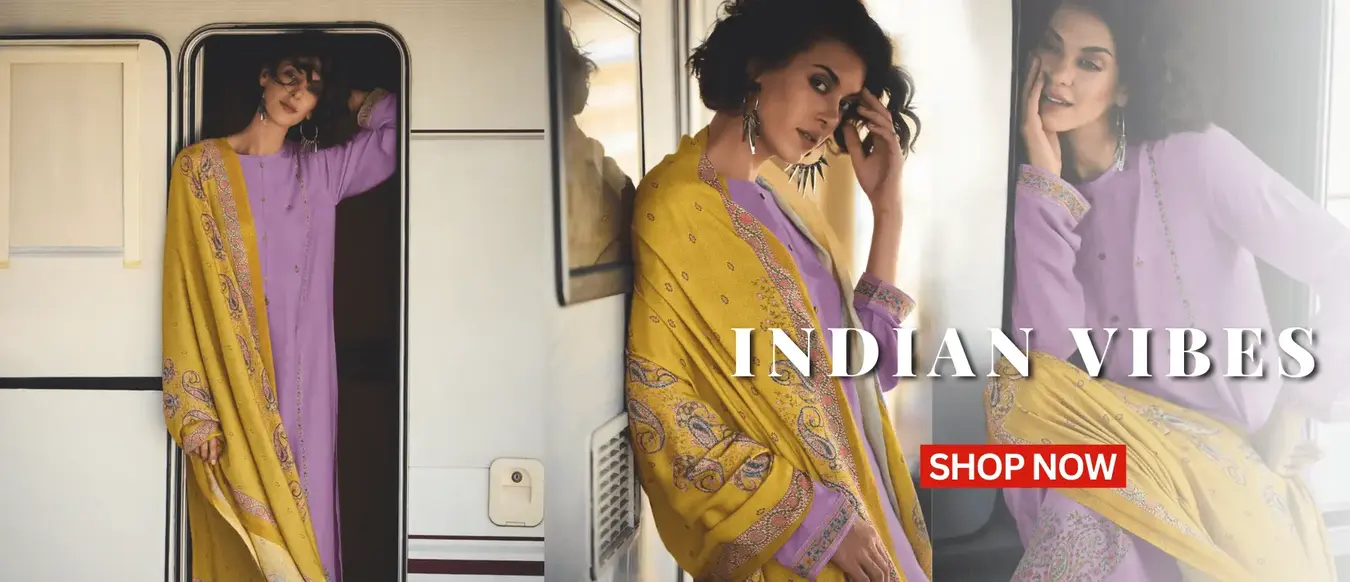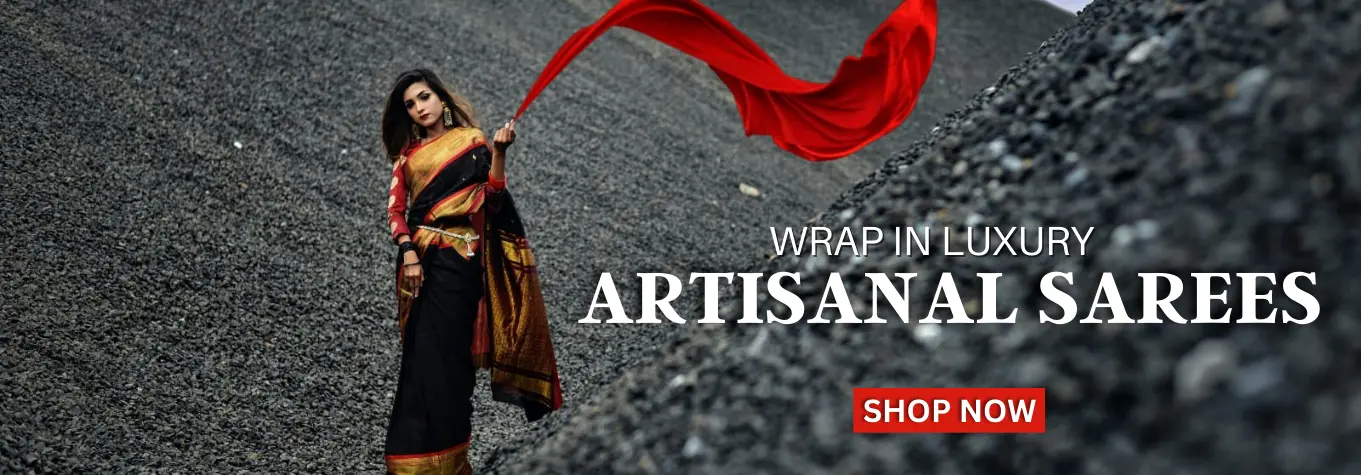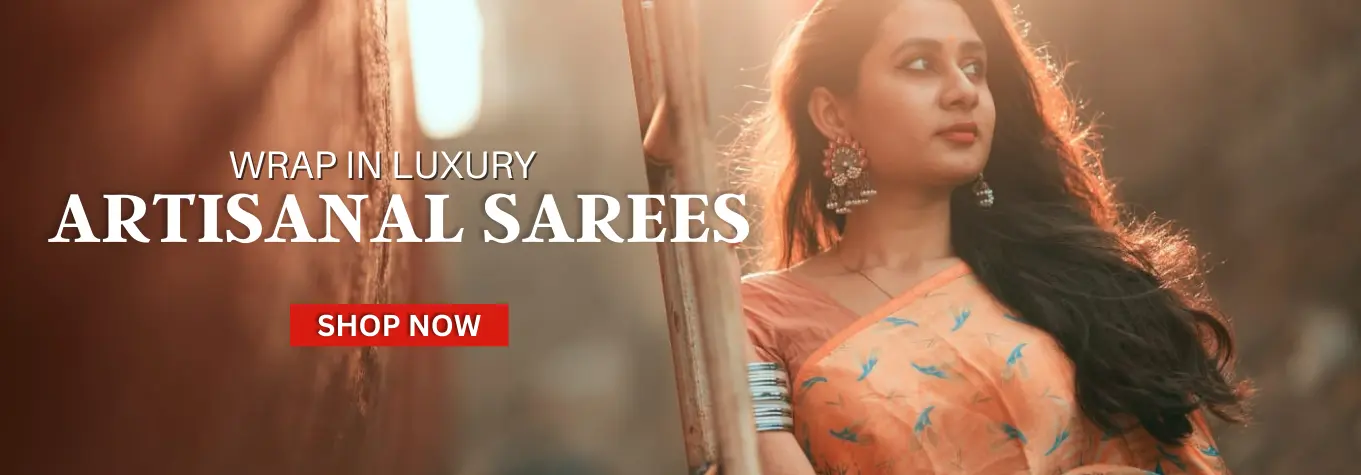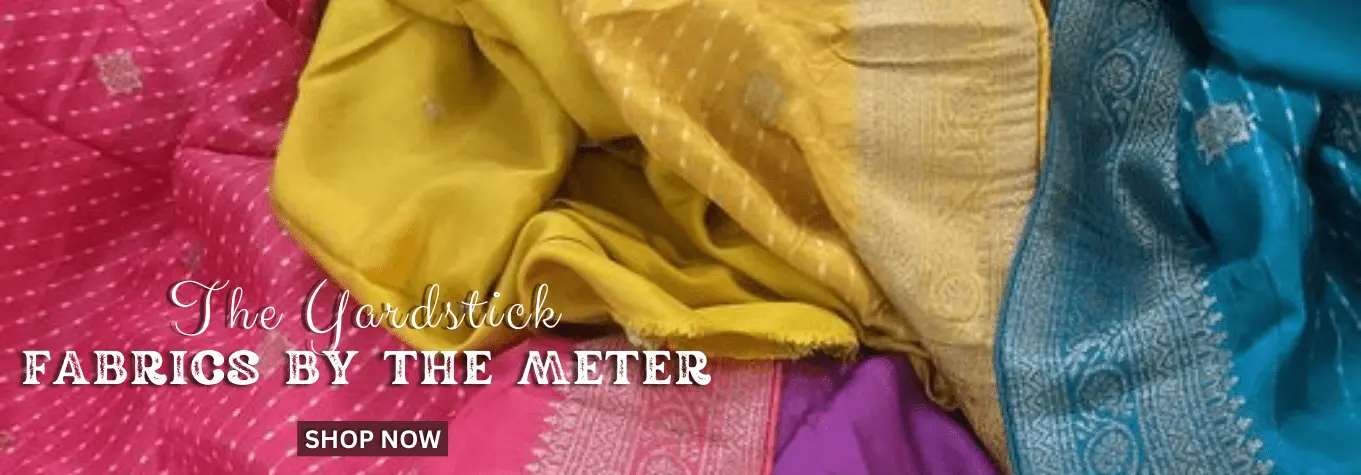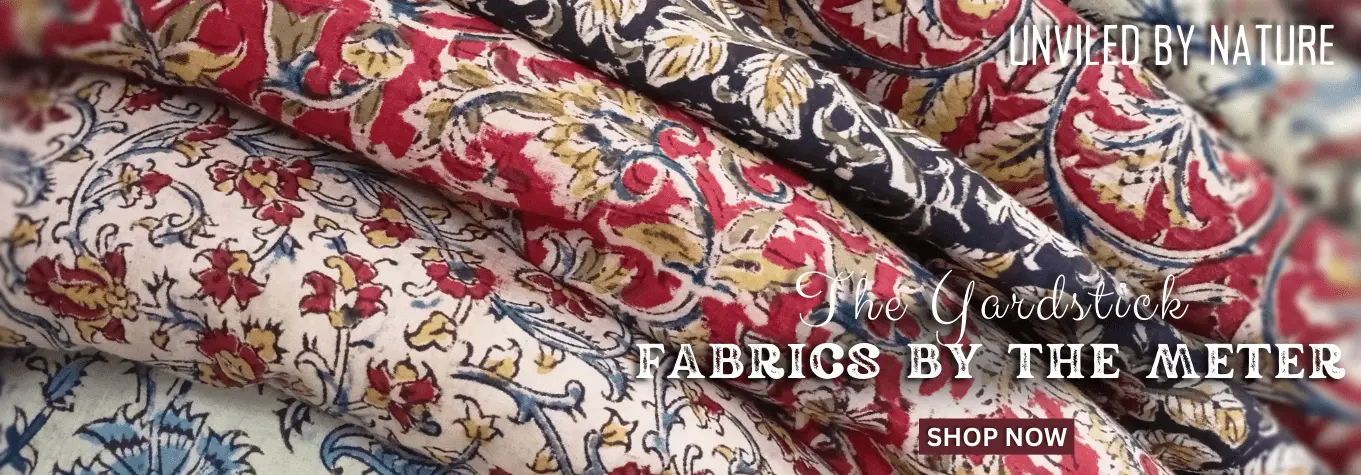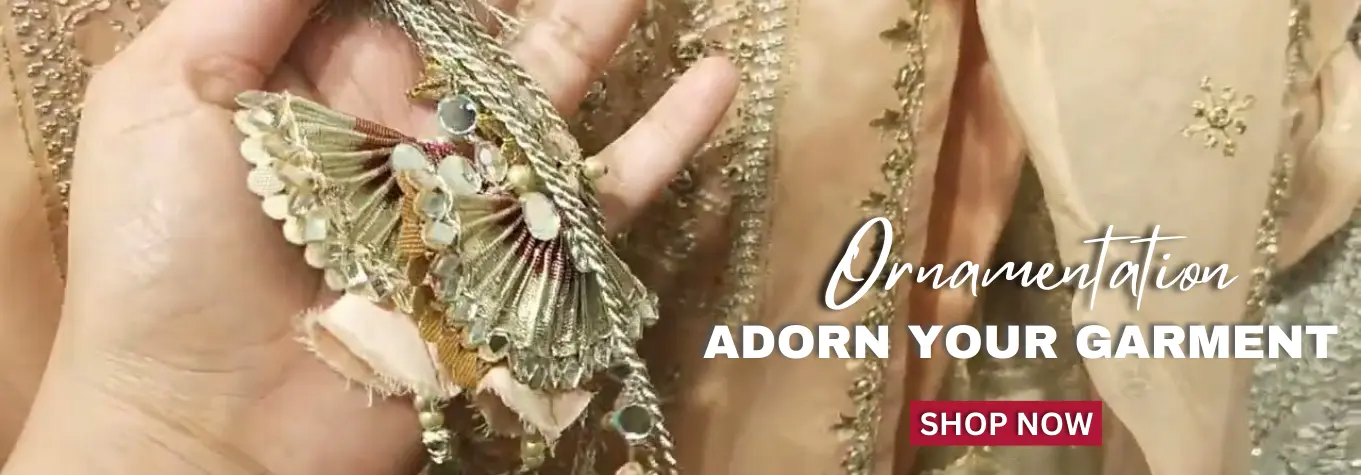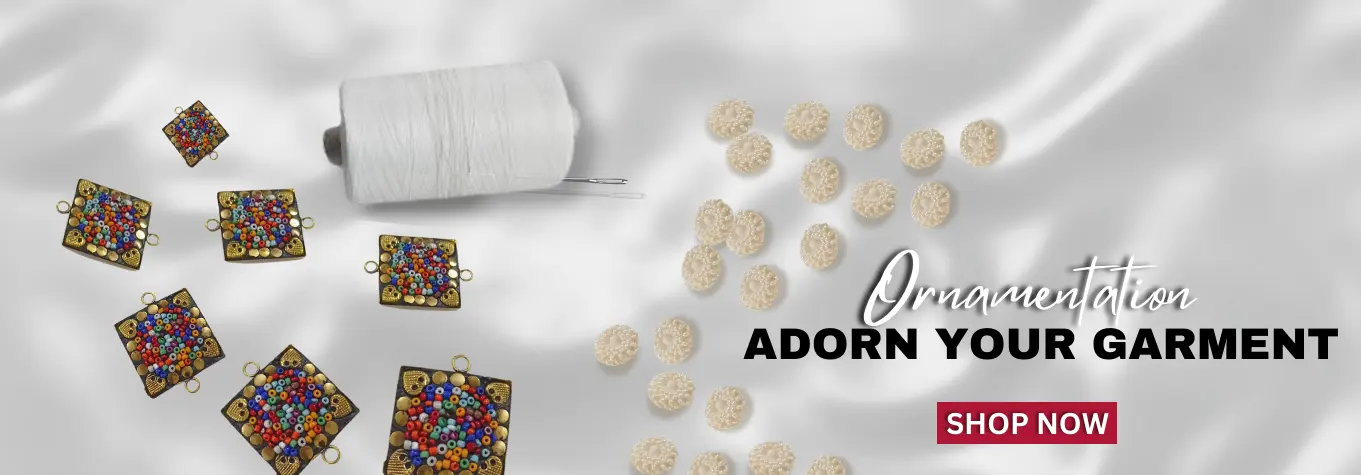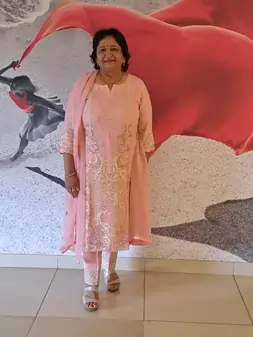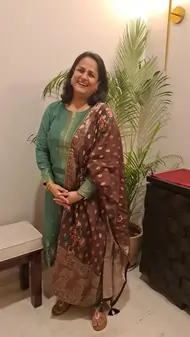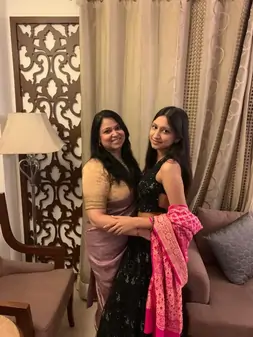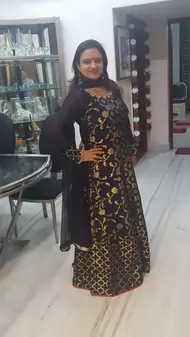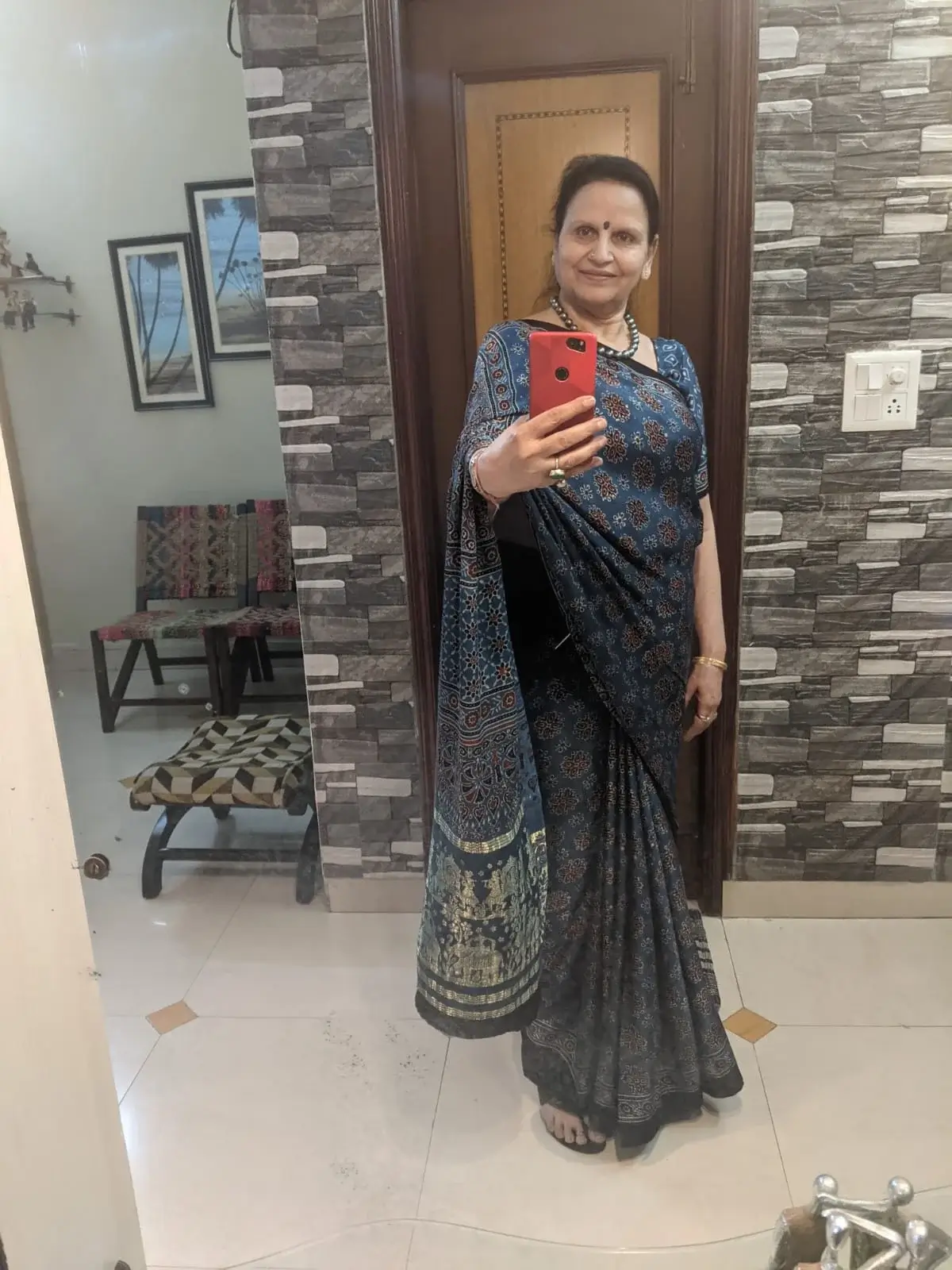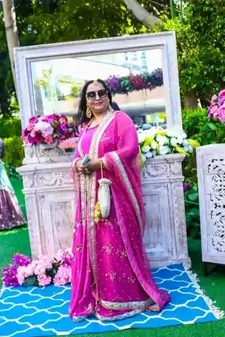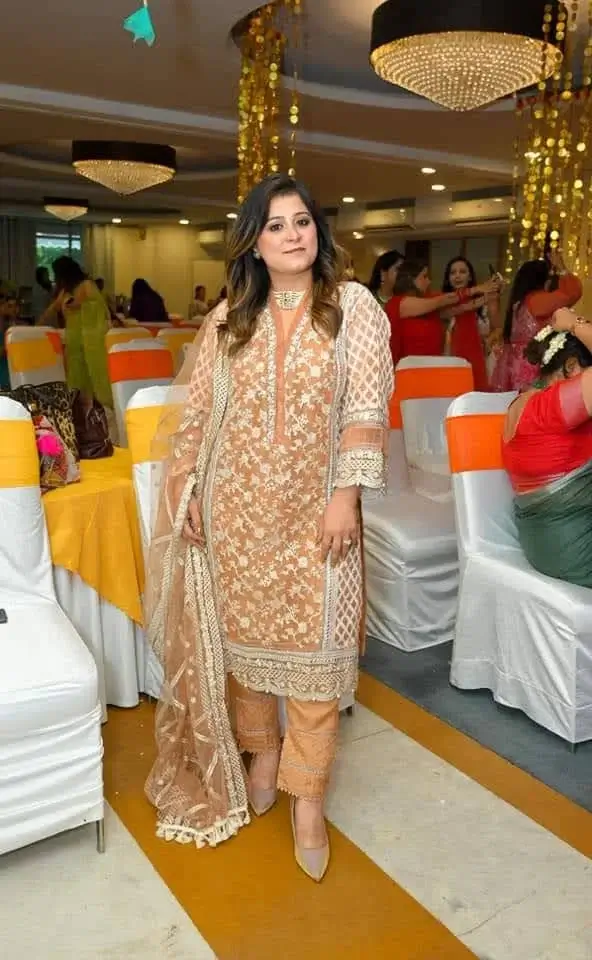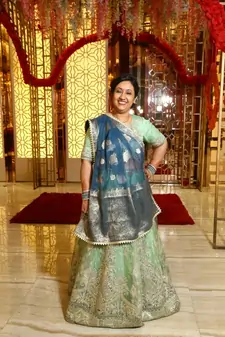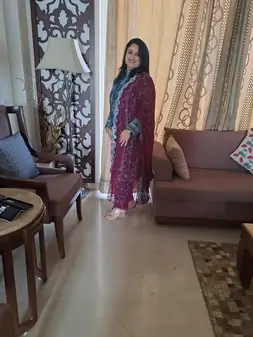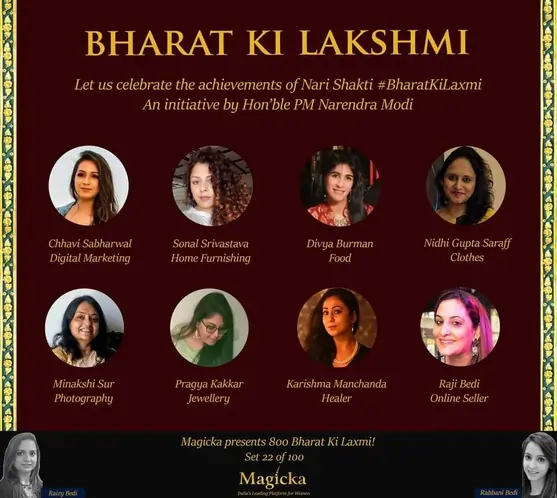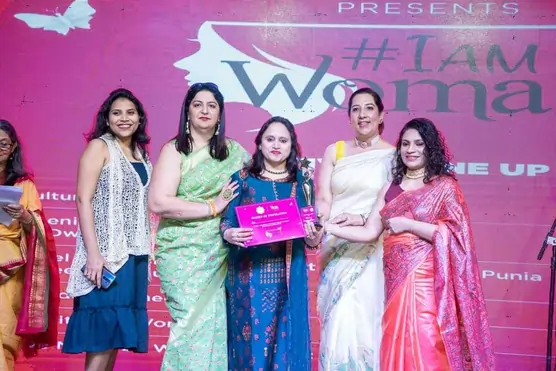Suits Collection in India
Boasts a rich textile tradition, and Fashion From Ornare collection reflects that beautifully. We
offer a wide range of suits, from dressy and elaborately embroidered pieces perfect for special occasions to
comfortable, everyday designs ideal for casual wear. Whether you prefer bold colors and intricate patterns
or simpler, elegant styles, we have something for you. We use soft and flowy fabrics like cotton and silk to
ensure you feel comfortable and confident all day long.
Why Choose Fashion From Ornare Suits ?
-
Variety: Explore a diverse selection of suits to find the perfect match for your
style and occasion.
-
Comfort & Quality: We use high-quality fabrics that are both beautiful and comfortable to wear.
-
Unique Style: Stand out from the crowd with a one-of-a-kind suit.
Suits Buy Online at Fashion From Ornare
Our online store makes it easy to browse a wide range of colors and patterns. Whether you prefer bold and
beautiful or simple and sophisticated, we have a suit to match your unique taste. We use soft and
flowy fabrics like cotton and silk to ensure all-day comfort, so you can look amazing and feel fantastic.
The Benefits of Shopping Online with Fashion From Ornare:
-
Convenience: Shop from the comfort of your home and skip the hassle of crowded stores.
-
Wide Selection: Explore a diverse range of styles and designs to find your perfect match.
-
Quality & Comfort: We use high-quality fabrics that are both beautiful and comfortable to wear.
-
Competitive Prices: Get the best value for your money with our competitive pricing.
Designer Suits
Our designer suits seamlessly blend the rich heritage of textiles with contemporary
design sensibilities. Discover meticulously hand-embroidered pieces that tell a story through their
intricate patterns and embellishments. We also offer modern takes on classic silhouettes, ensuring you find
a suit that reflects your unique personality and style.
Why Choose Fashion From Ornare Designer Suits?
-
Exclusive Designs: Our collection boasts exclusive designs you won't find anywhere else. Each
suit is a masterpiece, crafted by skilled designers with a unique vision.
-
Unmatched Quality: Experience the finest fabrics and meticulous craftsmanship.
-
Variety of Styles: Find the perfect designer suit to match your personal taste and any
occasion.
-
Effortless Shopping: Enjoy the convenience of browsing and purchasing online.

